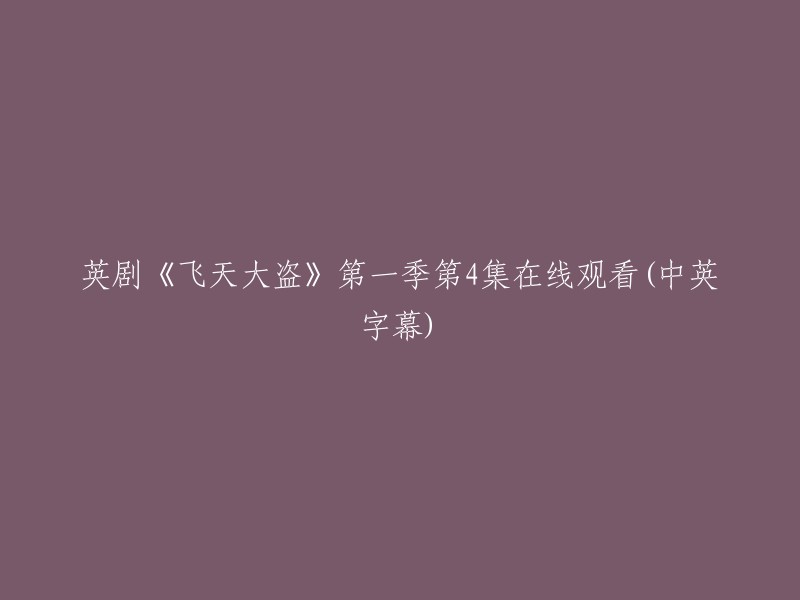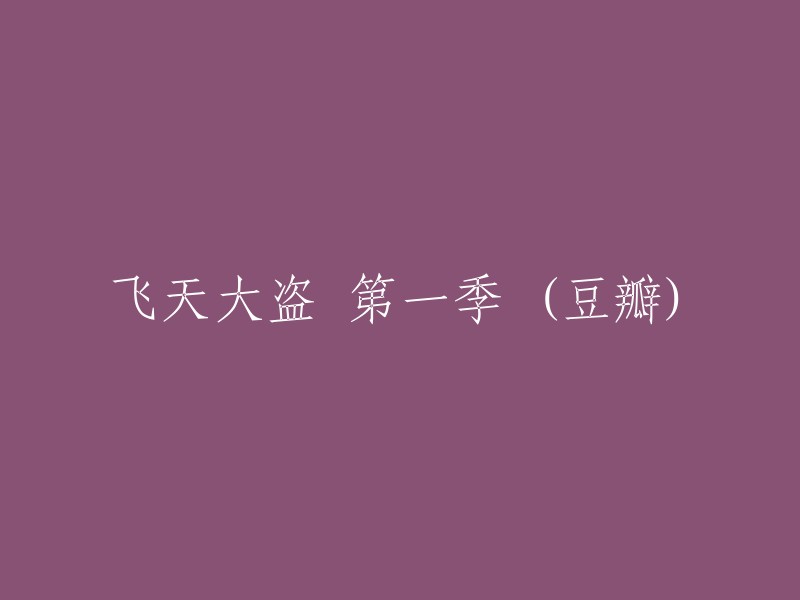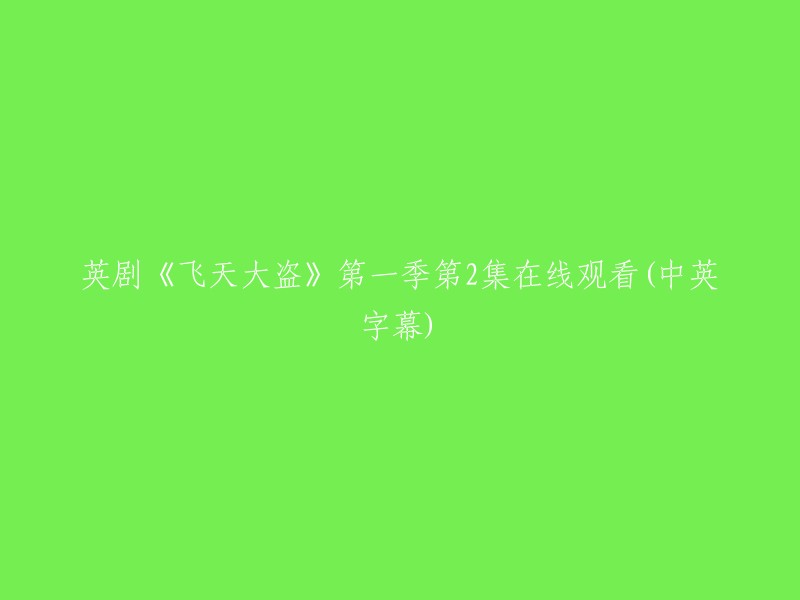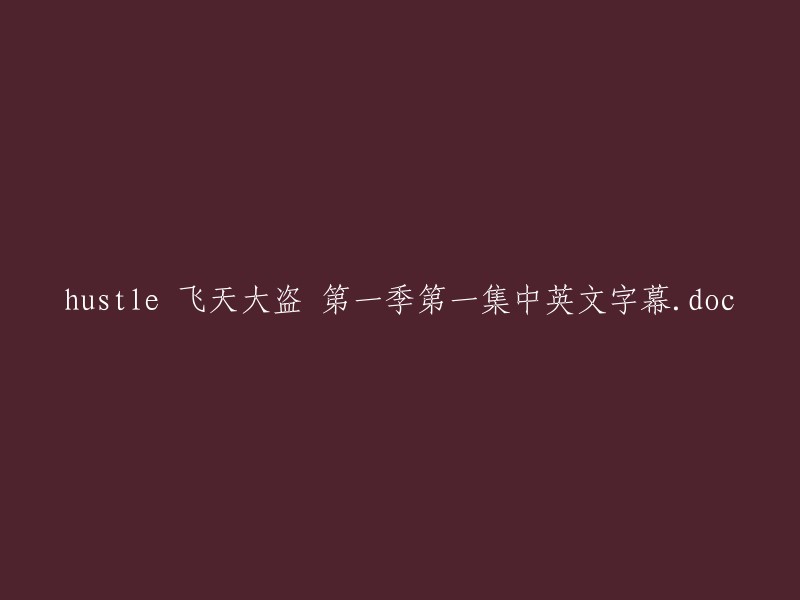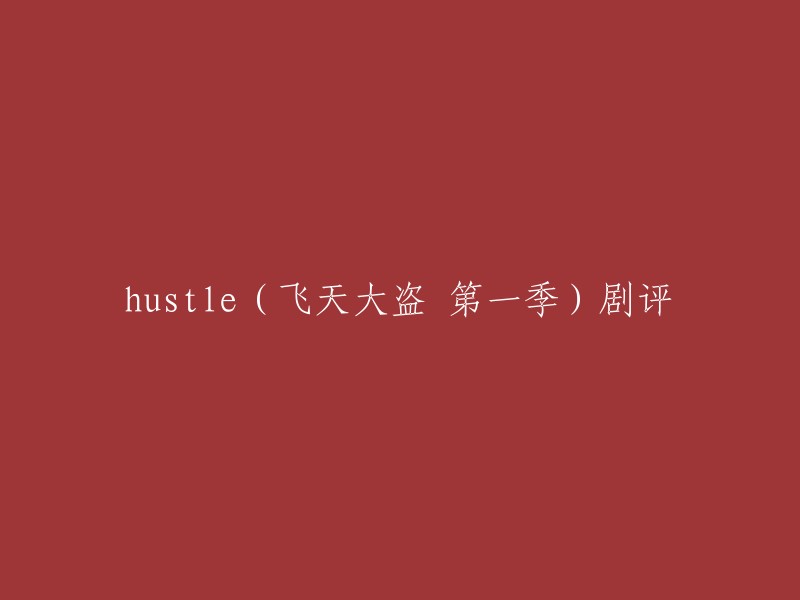Soldiers and other military personnel are often identified by their uniforms, which feature various symbols to signify their status within the ranks. Conversely, in the professional world, individuals wear similar suits that do not immediately reveal their relative positions or seniority. This raises an intriguing question: How do people in the business world exhibit superiority?
To explore this phenomenon, two researchers conducted a study using a series of silent films. They recruited two actors, one playing the role of an executive (manager) and the other as a visitor. The actors would switch roles each time, with one assuming the position of manager at his desk, while the other played the part of a visitor who enters the room, knocks on the door, opens it, and approaches the desk to discuss business matters.
By analyzing the films, the researchers discovered that managers used specific gestures and language patterns when speaking to visitors that were different from how they spoke to one another. These gestures and language patterns conveyed a sense of authority and expertise, effectively demonstrating the superiority of the managers to the visitors.
This research highlights the importance of nonverbal communication in the workplace, even more so than in traditional military settings where physical presence is often required to convey rank and status. In business, subtle differences in body language, tone of voice, and word choice can significantly impact how others perceive an individual's level of competence and expertise.
In conclusion, although military uniforms serve as a clear identifier for rank and status, in the modern business world where dress codes are more relaxed, nonverbal communication plays an equally significant role in conveying superiority. Understanding these nonverbal cues can help individuals establish themselves as experts and leaders within their fields
The experiment conducted by the two researchers aimed to uncover the rules governing status in a social setting, specifically in a business context. They asked the audience watching the films to rate the executive and the visitor on a scale of status based on their interactions with each other. The results revealed some interesting patterns.
First, the visitor showed the least amount of status when he stopped just inside the door to talk across the room to the seated man. On the other hand, he was considered to have more status when he walked halfway up to the desk. And finally, he gained the most status when he walked directly up to the desk and stood right in front of the seated executive. These findings suggest that the visitor's status increased as he moved closer to the seated executive.
Another factor that impacted the visitor's status was the time between knocking and entering the room. For the seated executive, his status was also influenced by the time it took him to answer the knock after hearing it. The quicker the visitor entered the room, the higher his perceived status was. Conversely, if the executive took a longer time to answer, his perceived status decreased accordingly.
The purpose of this experiment was to understand and identify the underlying rules governing status in social interactions, particularly in business settings. By examining these patterns, researchers can gain insight into how individuals perceive and judge others' status based on their behaviors and actions. This knowledge can be useful in various fields, such as marketing, leadership development, and social psychology. Ultimately, this understanding can help individuals navigate social situations more effectively and improve their overall interpersonal relationships.
The passage seems to discuss the different ways in which executives and visitors are distinguished in a business setting. It also touches on how businessmen indicate their status, but there is no mention of military personnel or silent films. Let's see how we can restructure the content while maintaining the same structure:
Executives and Visitors: How to Distinguish Them?
1. Executives and Visitors: Differentiating Them
A. How Business is Conducted by All Executive and a Visitor
B. How to Tell the Differences between an Executive and a Visitor
2. How to Tell Businessmen at a Glance
C. How to Tell Entrepreneurs at a Glance
3. How Executives Indicate Their Status
D. How Executives Show Their Status
The question asks which of the statements can best sum up the passage, not about any specific details mentioned in the text. Therefore, the answer should be based on the main idea presented in the text rather than specific points from it. Here's my attempt at summarizing it:
Executives and Visitors: How to Distinguish Them? This passage discusses how to distinguish between executives and visitors in a business setting, including their roles in conducting business, differences in appearance, and ways to tell them apart. It also touches on how businessmen indicate their status. While there is no mention of military personnel or silent films, these topics are not relevant to the main topic of differentiating executives and visitors. Overall, understanding how to identify and differentiate between executives and visitors is important in business settings for effective communication and coordination.
士兵和其他军队成员通常会穿带有各种符号的制服,这些符号可以迅速地传达他们的身份和地位。然而,在商业环境中,人们通常穿着类似的衣服,这使得区分身份和地位变得困难。为了研究这一问题,两个研究人员进行了一项实验。
在这个实验中,两位演员分别扮演经理和访客的角色,每次都会交换角色。实验的场景设定为经理坐在办公桌旁办公,访客敲门并进入办公室与经理讨论业务事宜。观看实验的观众被要求判断经理和访客之间的地位高低,并根据他们的判断总结出一个地位排序规则。
实验结果表明,当访客站在刚进门的位置,与经理保持一定距离并穿过整个房间与经理交谈时,访客的地位被认为是最低的。当访客站在门和办公桌之间时,地位相对较高;而当访客直接走到办公桌前,站在经理面前时,地位被认为是最高的。
此外,观众还认为访客敲门和进入房间之间的时间间隔也会影响访客的地位。对于经理来说,他的地位受到听到敲门声和回应的时间间隔的影响。如果访客能够尽早进入房间,他的地位就越高;反之,如果经理回应得越晚,他的地位就越高。
总之,这项实验揭示了在商业环境中,人们可以通过衣着、行为举止和互动方式等因素来展示自己的地位。通过观察这些线索,观众能够对经理和访客之间的地位进行相对准确的判断。

